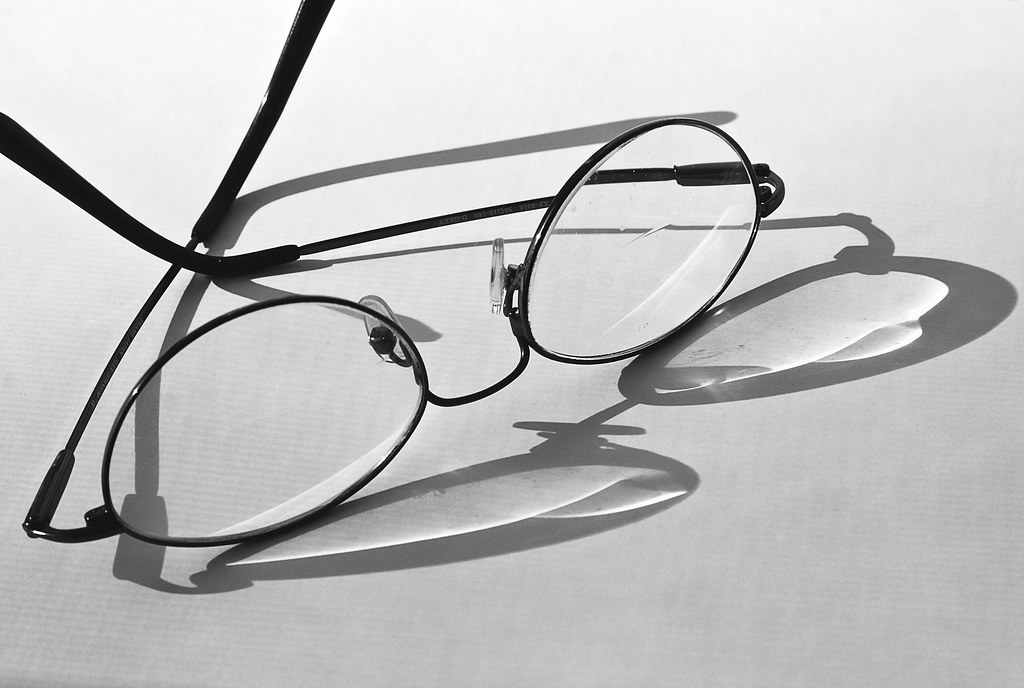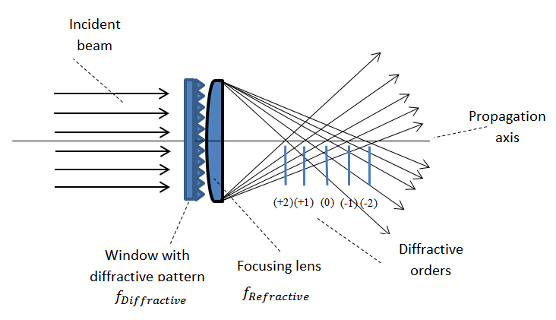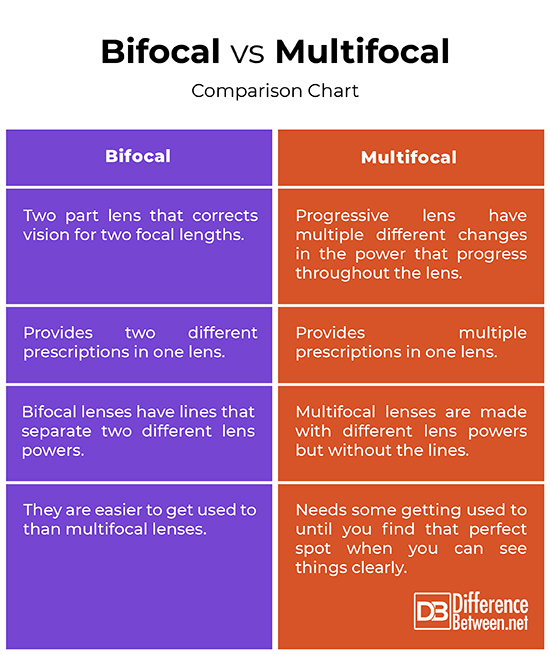Difference Between Bifocal and Multifocal
Aging starts to take a toll on our physical health, particularly eyesight. This is one of the common problems adults entering their 40s face, the inability to see things clearly. This condition which deteriorates the eyesight, making it difficult to focus on objects, is called presbyopia. This condition progresses over time. When you start to notice your vision has changed quite suddenly, it’s time to consult an eye specialist. For some, it’s hard to grasp. But with the advances in technology today, we have a variety of eyewear options to choose from when it comes to seeing things clearly across all distances. This includes bifocal and multifocal lenses, the two most common types of eyeglass lenses.

What are Bifocal Lenses?
Bifocals, as the name suggest are the types of lenses that contain two distinct optical powers: an upper section that allows for distance vision and a lower section for the close-up vision. Bifocal lenses have lines that separate two different prescriptions to correct for two focal lengths. This means the wearer can see objects at all distances clearly, regardless of whether the object is farsighted or nearsighted. So, the upper part of the lens ensures you clearly see things that are far away, and the lower part attributes to a safe reading distance, which is good for seeing objects up close.
Why do you need bifocals?
Unlike a single vision lens, bifocals have two distinct viewing areas with lines separating the two different fields of vision. So, if you have trouble reading the letters in a book or the text in your cell phone for an extended period of time, you vision may be changing and you’d need a pair of bifocal lenses to focus clearly on close objects. Also, if you find it difficult to see distant objects, bifocals will do the job. In short, bifocals are for those who are both farsighted and nearsighted. Bifocals can be used particularly for people with an aging condition called presbyopia

What are Multifocal Lenses?
Multifocal lenses, also called progressive lenses, are a catchall term for all types of spectacle lenses including bifocals. Multifocal lenses are made with different lens powers all throughout the lens but they do not have any noticeable lines in it. Cosmetically, they look just like a single vision lens but there are several focal points in each lens for distance, reading and intermediate correction. Multifocal lenses have different sections for viewing distant objects, close-up, and everything in between. So, they have multiple different changes in the power that progress as you look down through the lens that allows you to see clearly at different distances.
Why do you need multifocal lenses?
Multifocal lenses are high tech lenses that provide multiple prescriptions in one lens, ideal for people with age-related eyesight problems. So, if you are over 40 and you struggle to see close-up objects with your current glasses, you might need progressive lenses. They are multipurpose lenses that provide the best of both the worlds – bifocals and trifocals – but without the lines. For people with myopia, presbyopia, and astigmatism, multifocal lenses might be useful to correct multiple refractive errors. However, these are not for everyone; only for people having more than one refractive error.
Difference between Bifocal and Multifocal
Lens Type
– Bifocal lenses are the types of lenses that contain two distinct optical powers: an upper section that allows for distance vision and a lower section for the close-up vision. They enhance the wearer’s vision in two different ways. Multifocal lenses, also called progressive lenses, are high tech lenses with different sections for viewing distant objects, close-up, and everything in between. They provide multiple prescriptions in one lens.
Vision Correction
– Bifocal lenses have lines that separate two different prescriptions to correct for two focal lengths meaning you can see objects at all distances clearly, whether the object is farsighted or nearsighted. Multifocal lenses are progressive lenses made with different lens powers all throughout the lens. Unlike bifocals, they do not have any noticeable lines in it. The power of multifocal lenses changes gradually as you look down through the lens.
Ease of Use
– All multifocal lenses have some areas of distortion in the peripheral part of the lens so when you’re holding your phone straight, you can see clearly but if you hold your phone off to the side and look through the side of the lens, you may experience a little blurry vision. So, with multifocal lenses, you have to learn to move your head around until you find that perfect spot when you can see it clearly. The same goes with bifocal lenses, but they are easier to get used to.
Bifocal vs. Multifocal: Comparison Chart

Summary
Any type of lens with two or more prescriptions is a multifocal lens. Bifocal lenses are the most common type of multifocal lens that adjusts for two focal lengths and they have lines that separate the two different lens powers – one for viewing distant objects and other for reading or viewing close-up objects. Multifocal lenses have multiple different changes in the power that progress as you look down through the lens that allows you to see clearly at different distances.
- Difference Between Caucus and Primary - June 18, 2024
- Difference Between PPO and POS - May 30, 2024
- Difference Between RFID and NFC - May 28, 2024
Search DifferenceBetween.net :
Leave a Response
References :
[0]“Progressive lenses and the advantages of having them.” All About Vision, AAV Media, LLC., allaboutvision.com/en-in/eyeglasses/progressive-lenses/. Accessed 19 May 2021.
[1]Seltman, Whitney. “Are Progressive Lenses Right For You?.” WebMD, WebMD LLC., webmd.com/eye-health/about-progressive-lenses. Accessed 19 May 2021.
[2]Image credit: https://commons.wikimedia.org/wiki/File:Multifocal_lens_principle.png
[3]Image credit: https://live.staticflickr.com/5220/5451626336_0da7223172_b.jpg
